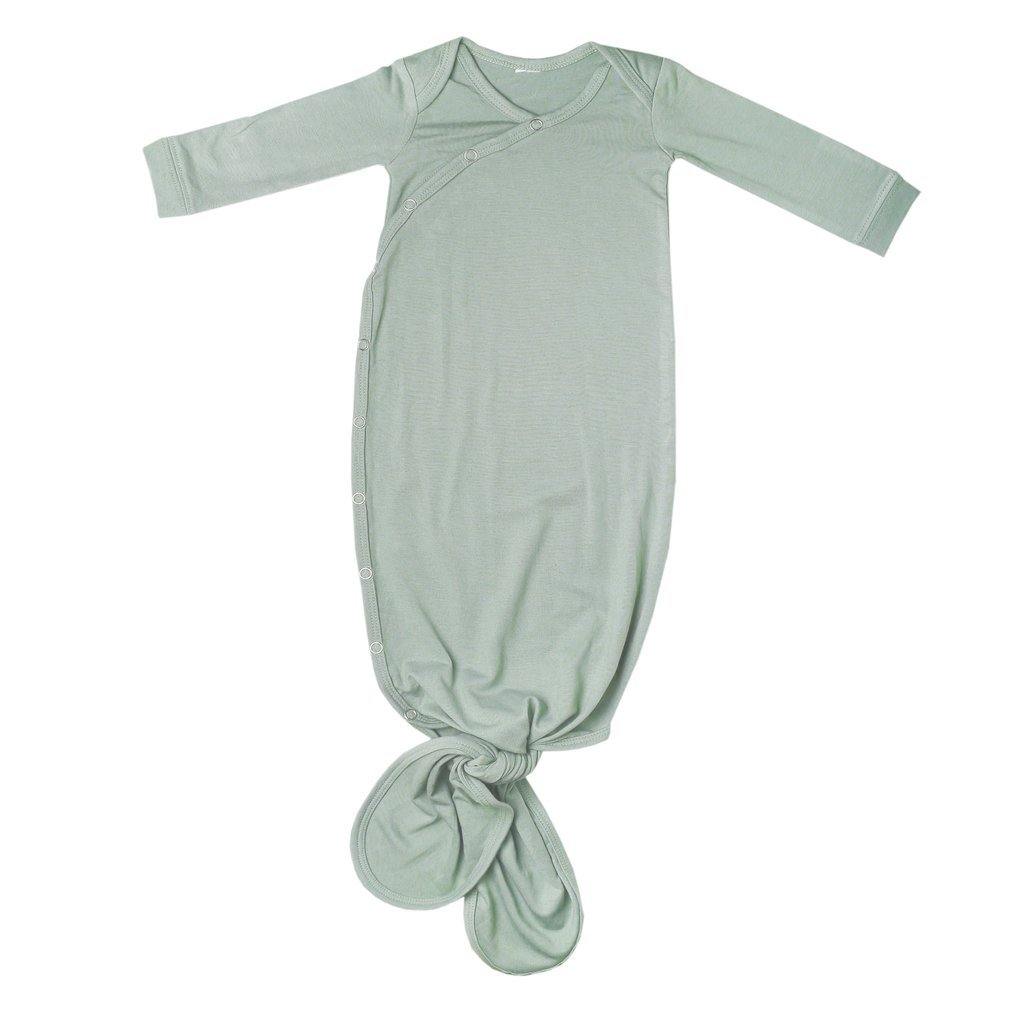Going from breastfeeding to bottle-feeding is a big transition for babe no matter what his/her age. When baby is used to getting that one-on-one time with mama while nursing, they may not be too excited about being given a bottle instead.
If you're in the process of transitioning your baby from breast to bottle, there are a few things you can do to make sure that both you and baby get through the change with limited casualties. Here are a few tips that this mama found helpful when getting my first onto the bottle after nursing.Start Early
One thing that I think a lot of mamas forget is it takes time for our babes to develop certain skills. Your babe wasn't born being able to roll or crawl-- there was some work involved and some training that happened before they mastered it. Often times, it is the same with taking a bottle. Whether or not you have a firm timeline for when you're going to be transitioning your babe to the bottle (like if you're going back to work at three months postpartum, and will start pumping/supplementing at that time), you should start giving your babe a bottle occasionally to ensure it's not a cold turkey situation. When a babe is slowly introduced to a bottle while they are still being breastfed, they have an easier time transitioning to a bottle. They'll be able to work on their bottle-feeding skills, and get it down before you're ready to switch over to full-time.
I know that some mamas out there are afraid of nipple confusion. I hear you, mama. What I would suggest is you have someone other than mama give babe the bottle. Whether that's daddy, the sitter, or grandma, you can help cut down on nipple confusion by making sure that whenever babe is being fed by you, it's coming from the breast.
Don't be Afraid of Supplementing
Another thing that can help with mamas who are transitioning baby from the breast to the bottle is by supplementing with formula. This may be controversial if you ask lactation consultants (women whose existence I truly cherish), but the closer you get to transitioning baby to the bottle, the more likely it is they're going to be drinking something other than breastmilk.
When you supplement with formula it will help introduce them to drinking something other than breastmilk, which is a good thing if you're not producing enough, if you're child is old enough to be drinking whole milk, or if you will be going back to work and don't plan on pumping.
The Bottle Matters
The fact of the matter is, if you're baby has been exclusively breastfed, or even the majority of their eating has been from the breast, they may have a hard time with a traditional bottle. Give your baby a bottle that more closely mimics mama's breast. One bottle that was designed with this transition in mind is the Comotomo Natural Feel Baby Bottle.

These bottles have a wide base and a shorter nipple similar to mama, and is made out of a moldable silicone so it is squishy and soft. The wider base will help your babe get a wider latch on the bottle, just like when they breastfeed. For babes old enough to hold their bottles, the squishy silicone is a little more natural-feeling than your traditional hard plastic bottle. Comotomo bottles come with 4 different nipples that offer different flow speeds (slow, medium, fast, and variable) depending on your babe's age and whether he/she is still being breastfed or not.
If you're in the processing of finishing up nursing, and are trying to get your babe exclusively onto the bottle, start by using nipples designed by his/her age (i.e., slow for a babe between 0-3 months old). If he/she is having trouble, then try a faster flow. Breastfed babies are used to a fairly slow flow, so if you're trying to get baby on the bottle while you're still nursing, you'll probably want to stick with a slow flow nipple; otherwise, babe will expect the same results from the breast, and that's just an unrealistic body expectation right there, mama.





